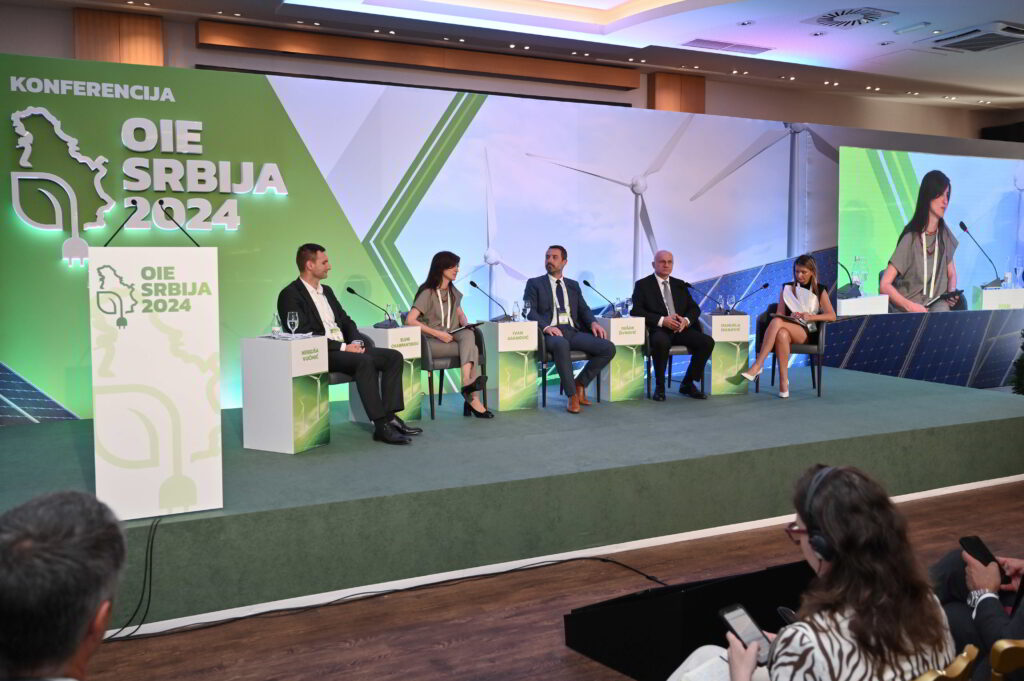Investors have provided EMS with bank guarantees for the construction of 28.4 GW plants; by the end of 2026, 80% of hydropower plants in Serbia will be rebuilt; regional cooperation and investment in transmission systems are necessary to avoid energy collapse – were some of the messages of the first panel discussion held at the RES SERBIA 2024 conference, which once again brought together the green business elite in Vrdnik.
Panel participants ‘Challenges of RES integration into the power system – Serbia and the region’ have been Dušan Živković, CEO of Elektroprivrede Srbije, Ivan Asanović, Executive Director of CGES, Eleni Charpantidou, Board Member at ENTSO-E, Nebojša Vučinić, Director of Development Division at Elektromreža Srbije. The panel was moderated by Danijela Isailović, Manager of RES Serbia, and the visitors were also addressed by Nemanja Erceg, Provincial Secretary for Urban Planning and Environmental Protection.
EPS will be decarbonized to a significant extent by 2030
CEO of Elektroprivreda Srbije Dušan Živković announced that by the end of 2026, 80% of hydropower plants will be renovated, and in the next few years, through a strategic partnership, EPS will have 1 GW of self-balanced solar power plants in its portfolio, with 200 MW of battery electricity storage system.
– With all the projects we have, we see 2030 as the year in which EPS will be significantly decarbonized and the share of RES will increase – he said.
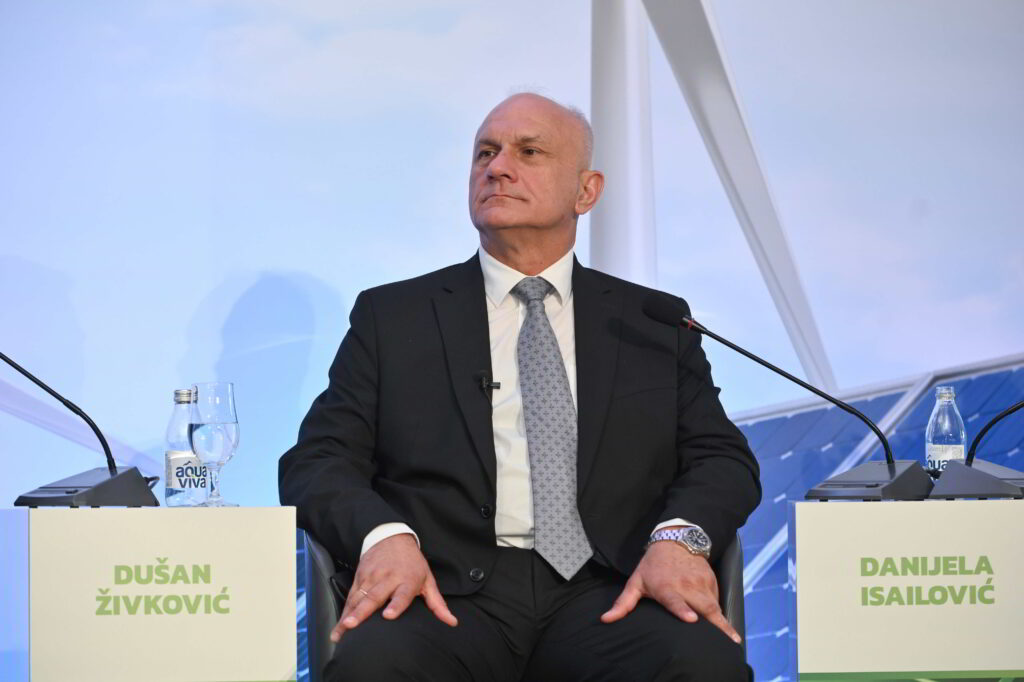
CEO of Elektroprivreda Srbije Dušan Živković
As he pointed out, in addition to the construction of the first Kostolac wind farm and the Petka solar power plant, locations for new RES projects are being analyzed, primarily on EPS land and where expropriation is not required, and these are mostly ash fields of thermal power plants.
He said that the project for the construction of the reversible HPP Bistrica is proceeding as planned, and that the environmental impact study will be completed soon.
–The time ahead will be energy-intensive with complex energy and geopolitical challenges. Energy companies have to adapt to all this, taking into account energy security, but also the energy sovereignty of each country– Živković emphasized.
EMS: Maximum number of connection requests up to 100 MW
Answering the question of how EMS managed to solve a large number of connection requests, the director of Development Division at Elektromreža Srbije Nebojša Vucinic pointed out that the foundations of the new system were established by the Decree on the Conditions of Supply and Supply of Electricity, which came into force in October last year.
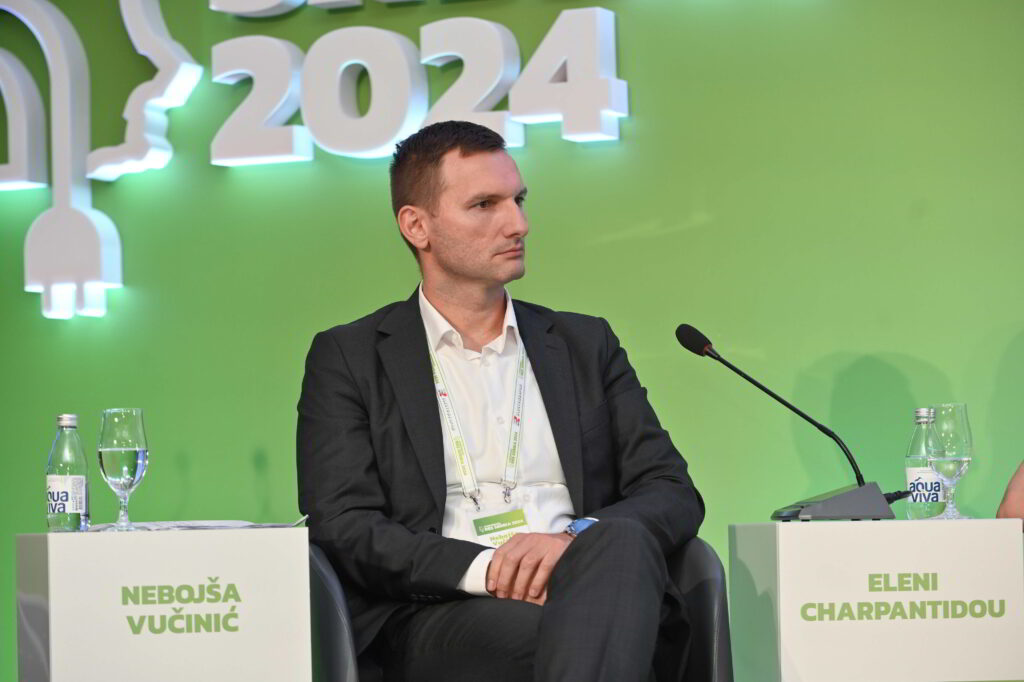
Director of Development Division at Elektromreža Srbije Nebojša Vučinić
With the adoption of the new regulation, in the first interval, EMS received 51 requests for connection, of which 42 were solar and wind farms, and the rest were hydroelectric power plants, Vučinić revealed.
– In the past 10 years, we have made a little more than 30 connection studies, and in just four months we have managed to process 51 studies. Bank guarantees were delivered by 28 facilities with a capacity of 4000 MW, which is over 1500 MW/h. We expected a smaller number, we will see how many projects will be built – notes Vučinić.
He revealed that in the second round of applications for connection studies, which began in September, 14 renewable facilities with a capacity of 1,300 MW applied. The deadline for resolving these requests is 31st of December 2024.
– The requirements are on average less than 100 MW and it seems that they are more realistic. In the previous round, we had requirements of 200, 300, and even 700 MW – Vučinić points out.
In Montenegro requests for connection are up to 500 MW
Unlike Serbia, in Montenegro, the requirements for connection are significantly higher, and go up to 500 MW, was revealed by the executive director of CGES, Ivan Asanović.
– Montenegro has a lot of requests for connection, about 30, and they are quite large, we have requirements for 200, 300 MW, but also 400, 500 MW, there is a small number below 100 MW – he emphasized.
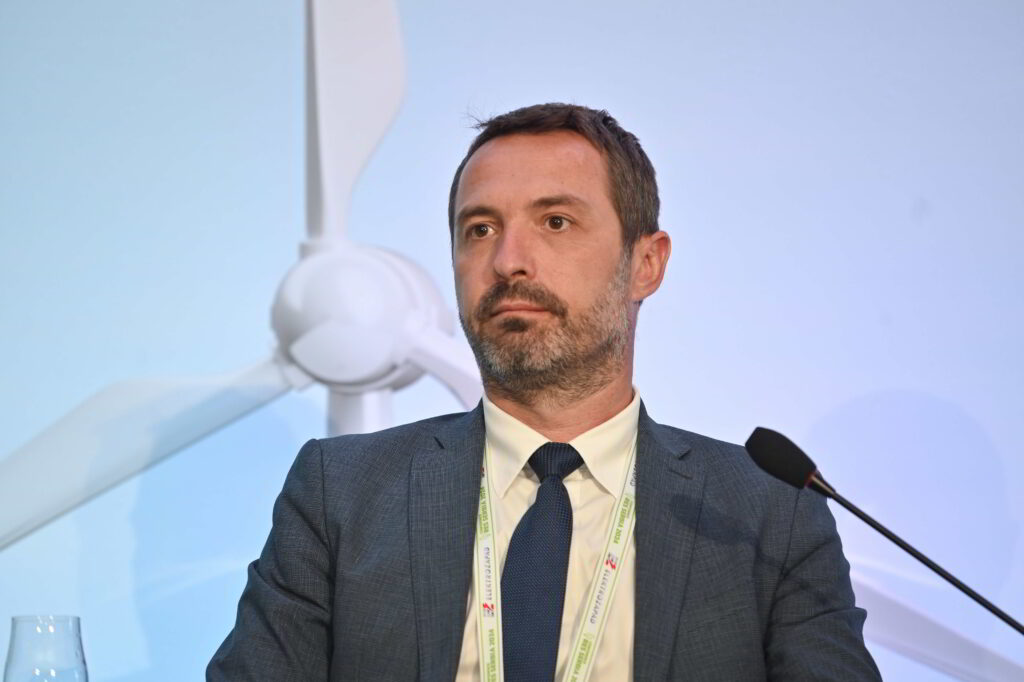
Executive director of CGES Ivan Asanović
Another difference from Serbia is that bank guarantees have not yet been introduced, but the Montenegrin Electric Transmission System is still trying to separate serious from frivolous projects.
– We did not ask investors as a condition to provide batteries for storage, but what we could influence was the connection fee, which is quite high, EUR 1000 per MW on the 400 kV transmission network and EUR 6000 per megawatt on the 110 kV network. In this way, we tried to make a filter of serious projects – Asanović pointed out and reminded that Montenegro gets 60% of its electricity from hydroelectric power plants, and TPP Pljevlja still plays a significant role in the energy mix, which also includes two wind farms: Krnovo and Možura.

Nemanja Erceg, Provincial Secretary for Urban Planning and Environmental Protection
Is it possible to see a recession in the region?
The participants also referred to the reasons for the energy collapse when Montenegro, Bosnia and Herzegovina and parts of Croatia were left without electricity in June. The accident would not have occurred if the transmission line of Pljevlja Lastva had been completed, according to the analysis of the Montenegrin Electric Transmission System, which is why the completion of the construction of the missing kilometer of transmission line is a priority.
– Hopefully, this will happen by June next year – said Asanović, adding that in the five-year plan, Montenegro has allocated EUR 200 million for the development of the network, predominantly for RES, but also for other needs.
He also emphasized the importance of regional cooperation.
– Regional cooperation must be at a higher level than it is now, and then these outbursts will not happen – Asanović said.
Nebojša Vučinić reminded that security was not compromised in Serbia but noted that ENTSO-E published a report showing that in the coming period, the number of situations that will lead to the separation of interconnections may increase, which then leads to the possibility of collateral, which is why investments in the transmission system are necessary.
EU needs more investments of over EUR 500 billion for the power grid
Eleni Charpantidou, a member of the board of ENTSO-E, which has 40 members from 36 countries, pointed to the importance of regional cooperation.
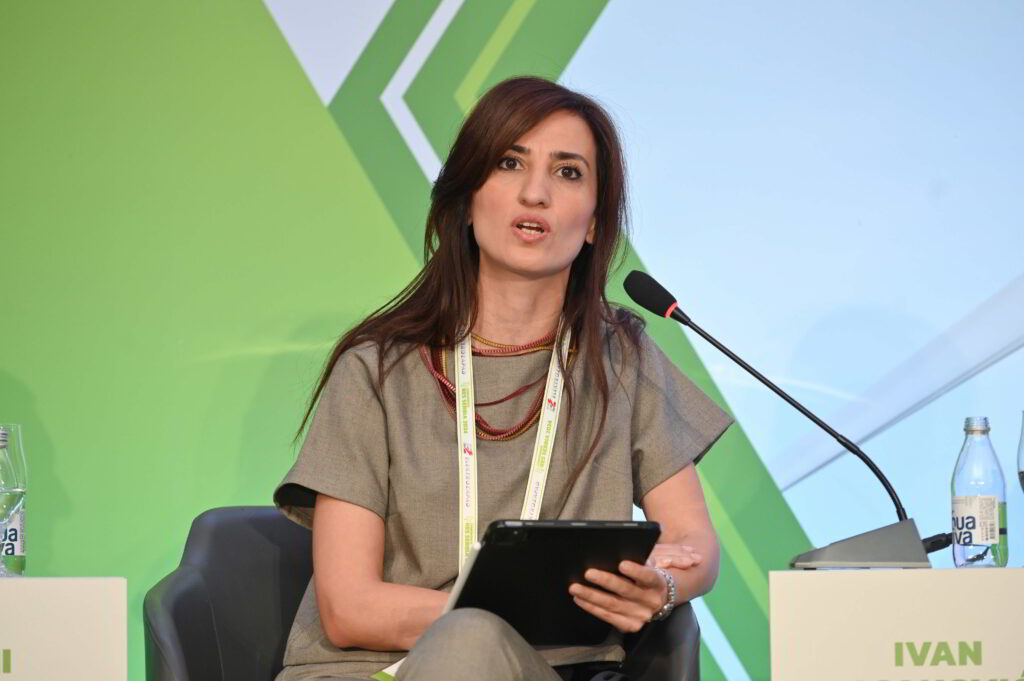
Eleni Charpantidou, a member of the board of ENTSO-E
– Its role is to ensure the coordination of the power grid, which connects nearly 600 million citizens with over 400 interconnectors. The malfunction in Montenegro, when the supply of electrical energy was cut, has shown how important regional cooperation is – she pointed out.
She pointed out that the biggest challenge in the EU was the development of the grid and cross-border interconnections.
– To implement the action plan for the power grid, the European Union needs investments of over EUR 500 billion – she concluded.

